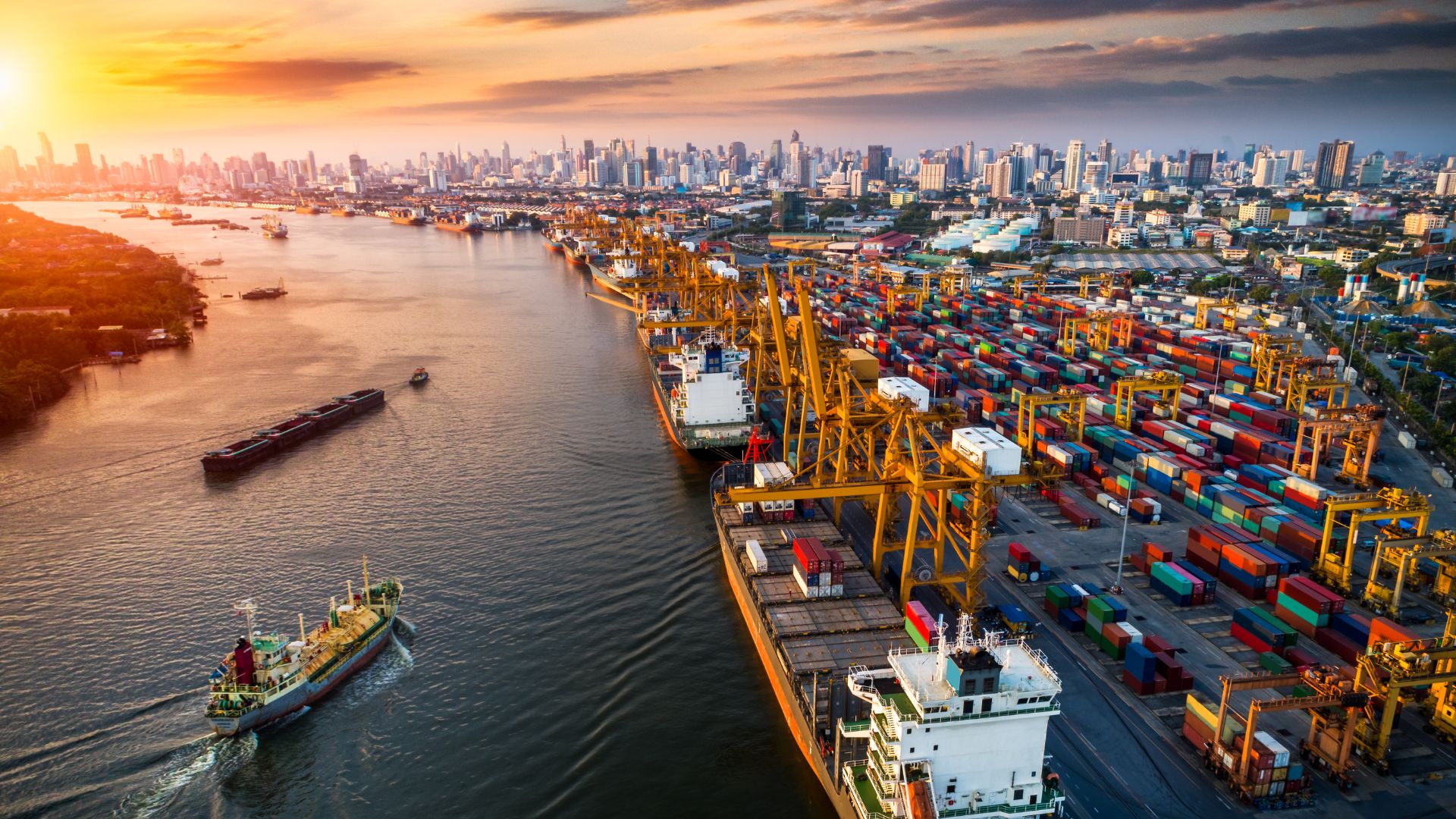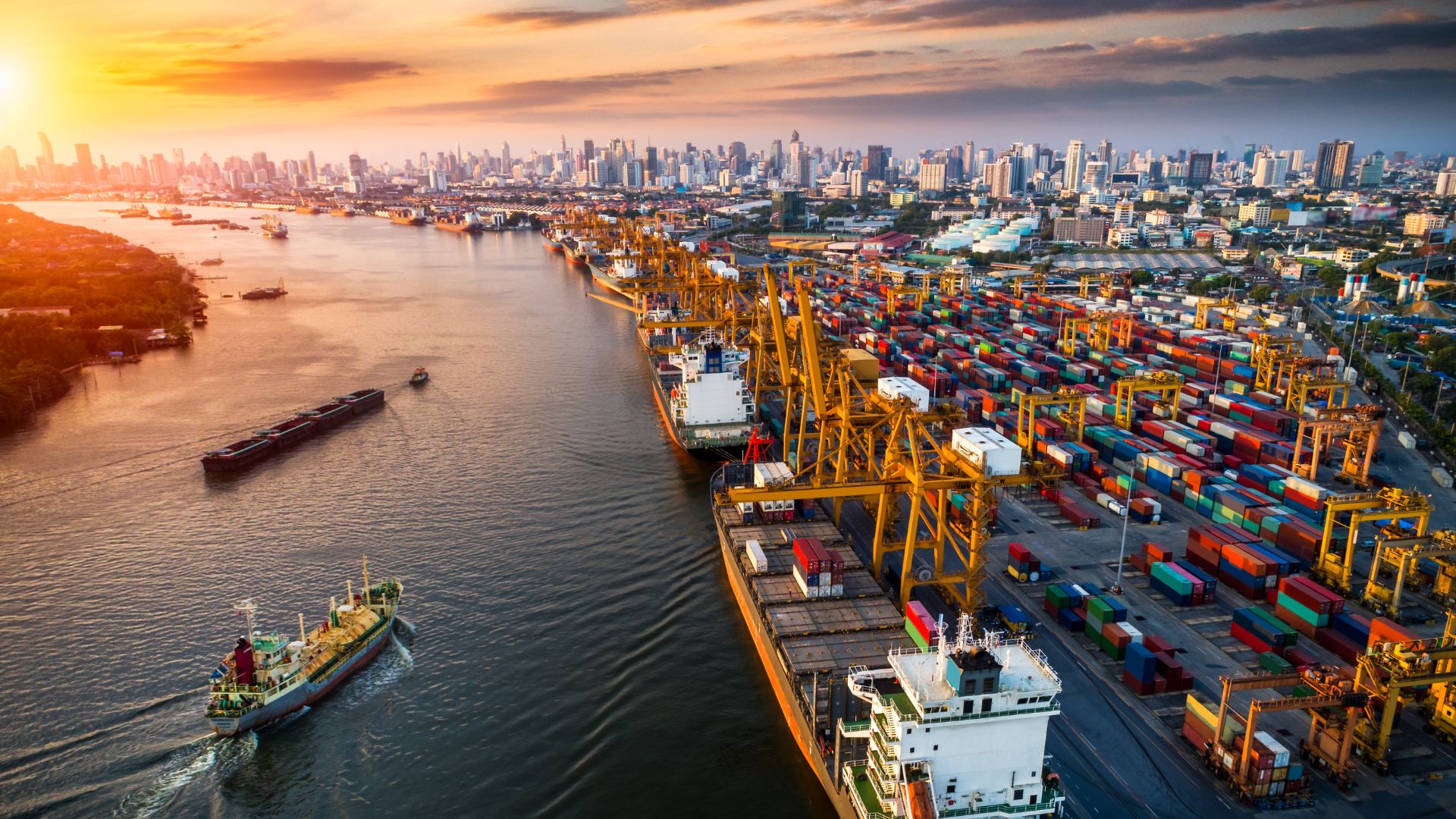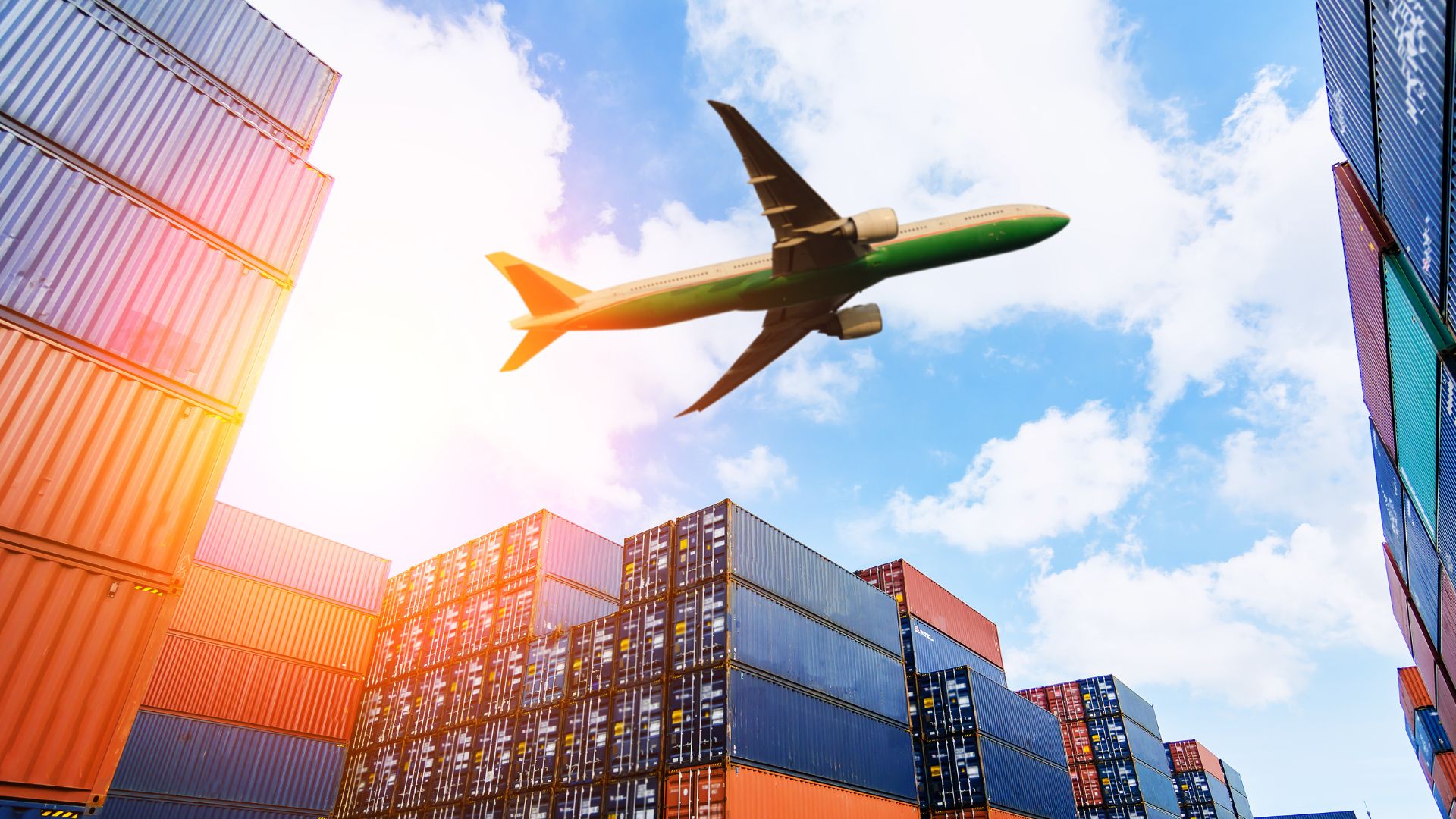Applications of Graph Algorithms in Transportation and Logistics

Graph algorithms help optimize transportation networks, reducing travel time and operational costs. Here’s how they enhance logistics.

1. Shortest Path Optimization (Dijkstra’s Algorithm)
Logistics companies use Dijkstra’s Algorithm to find the quickest delivery routes, minimizing fuel costs and delays. GPS apps like Google Maps use it to provide real-time traffic-based routing.
2. Minimum Spanning Tree (MST) in Network Design
MST algorithms, like Kruskal’s and Prim’s, help design railway networks, pipeline layouts, and fiber-optic connections with minimal costs.

3. Traveling Salesman Problem (TSP) for Delivery Optimization
TSP algorithms optimize routes for delivery drivers, warehouse pickers, and airline scheduling. Companies like FedEx and UPS use them to reduce mileage and increase efficiency.

4. Traffic Flow and Congestion Prediction
Graph theory helps analyze traffic patterns by modeling roads as networks. Cities use these algorithms for smart traffic light control and urban planning.

By leveraging graph algorithms, transportation and logistics companies achieve greater efficiency, cost savings, and sustainability.



